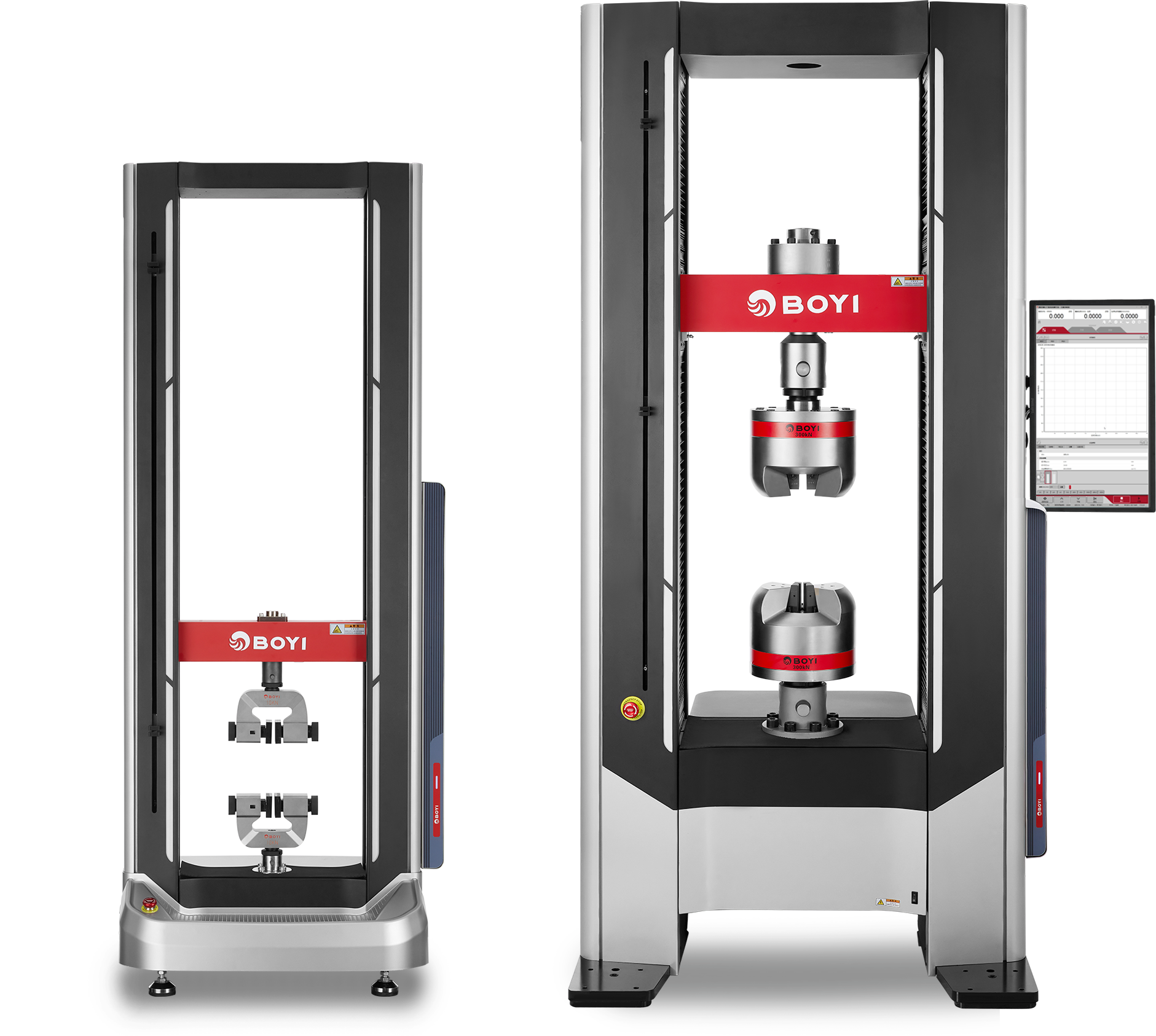
Nearly 90% of scientific instruments rely on imports; don't let research be "choked".
Release Time:
2021-09-06 09:50
In late June, at the inauguration ceremony of the China Scientific Instrument Independent Innovation Application Demonstration Base held by the Chinese Academy of Agricultural Sciences, Han Liyong, deputy director of the Institute of Electrical Engineering of the Chinese Academy of Sciences, presented a chart showing the current status of China's high-end scientific instruments—various scientific instruments are basically monopolized by foreign manufacturers, nearly 90% of scientific instruments rely on imports, and the market share of some types of instruments by domestic manufacturers is even close to zero. (July 6, Science and Technology Daily)
The domestic supply proportions of nuclear magnetic resonance spectrometers, liquid chromatography-mass spectrometers, and X-ray diffractometers in China are 0.99%, 1.19%, and 1.32% respectively. It’s truly shocking when compared. Nearly 90% of scientific instruments in China depend on imports, inevitably causing research work to be constrained by others. Not only do we have to pay high prices for imported scientific instruments, but there is also the risk of being "choked" in research work. Scientific instruments are the foundation of research; how to address these shortcomings in scientific instruments to prevent China’s research from being "choked" is a reality that must be faced. This requires domestic scientific instrument companies to continuously improve their independent innovation capabilities and quickly fill the gaps with quality and service.
Scientific instruments, known as the "eyes" of scientists and regarded as the crown jewels of high-end manufacturing, show that according to the 2018 National Science and Technology Basic Conditions Resource Survey, domestic products account for about 13.4% of large instruments valued over 500,000 yuan. Overall, domestic scientific instrument companies are numerous but small in scale with weak foundations, lacking star enterprises; nearly 80% are small and micro enterprises. In terms of revenue scale, there are no instrument companies ranked among the global leaders. It can be said that the foundation of domestic scientific instruments is very weak. Some domestic instrument companies cannot compete with international companies in "high-precision and sophisticated" instruments, falling into vicious competition in low-end products. Imported scientific instruments account for nearly 90%, forming a market monopoly, which inevitably drives prices up, consuming a large amount of research funding and posing a risk of "choking" research work. If imported scientific instruments are cut off for some reason, research work cannot continue.
In fact, looking back at the development history of domestic instruments, the start was not much later than abroad. But due to various factors, it was a case of "starting early but arriving late." How to catch up and bring down the arrogance of foreign instruments? On one hand, domestic instrument companies should explore untapped blank markets. For example, Guoyi Quantum, headquartered in Hefei, produces quantum precision measurement instruments. Its quantum diamond single-spin spectrometer, quantum diamond atomic force microscope, and diamond quantum computing teaching machine are globally pioneering exclusive products with less competition, allowing it to lead. On the other hand, it is necessary not only to produce high-quality and affordable domestic instruments but also to provide more sincere service to domestic users than international brands, seizing the domestic market and gradually freeing scientific instruments from dependence on imports.
Of course, domestic instruments cannot rely solely on individual companies. Learning from the growth experience of international giants, the development of instrument companies requires the support of various forces, including policies and funding, as well as close cooperation among industry, academia, and research, and upgrading and adjusting the industrial structure. Since 2011, the central government has allocated funds to establish a national major scientific research instrument development project; the Ministry of Science and Technology and the Ministry of Finance launched a national major scientific instrument development project emphasizing market orientation, application orientation, and industrialization orientation; local governments, under unified national coordination and support, have focused on the development of the high-end scientific instrument industry and built scientific instrument industrial parks. From central to local levels, there is high attention and support for the development of the scientific instrument industry. It is believed that in the future, domestic instruments will deepen their refinement and will surely shed the label of backwardness. (Ding Jiafa)
Disclaimer
This article comes from a creator on the Tencent News client and does not represent the views and positions of Tencent News.
Recommended News
Welcome to the Testing Machine Configuration Assistance System!
Thank you for using this system.
Just answer a few questions about the test to create a test system suitable for you.

If you have multiple answers to a question, please choose the most important one.
If you have any matters to confirm, please click this button to contact us.
CONTACT US



